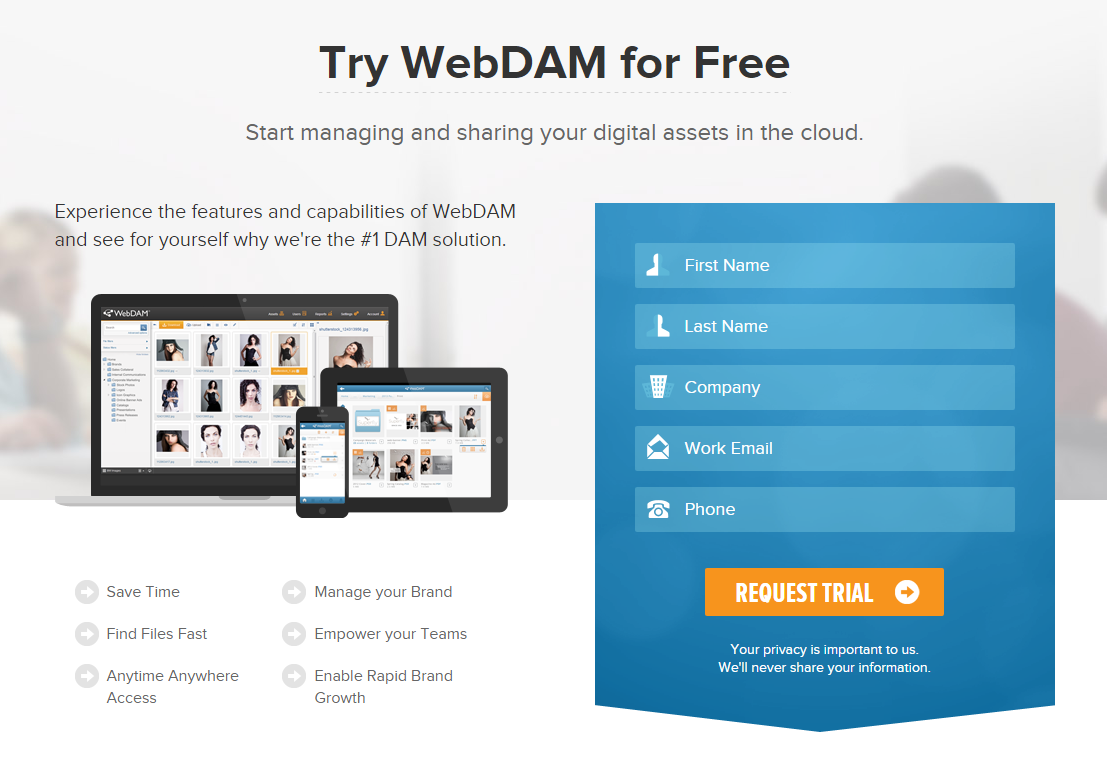Written by Fani Sánchez
We define a lead as a prospect, a potential customer. A lead is a web user who, during his visit to the advertiser’s site, provides enough information to become a potential customer. The most common ways to get a lead are by sending a form, subscribing or registering on the web, downloading a dossier after sending contact information, etc.
A lead provides enough information to become a potential customer.
For example, if you have a real estate portal, how much would you be willing to pay for each form filled out by a potential client requesting information about a property?
Cost per lead is slowly becoming one of the preferred remuneration models for search marketing campaigns and e-mail marketing. It is a very effective model to measure profitability, especially for those websites where products are not sold directly online.
To evaluate whether it is effective, the advertiser must be clear about what percentage of leads ultimately convert into customers. With this information, you will be able to accurately assess whether the cost per lead offered by your supplier is attractive or not. This model is usually attractive when the profit margin for each transaction closed is large. The company’s services can also be used when the added value of the customer’s entire life cycle is high, such as insurance, health care plans, training courses, private buying clubs, etc.
To increase the effectiveness in capturing leads, it is advisable to have a landing page optimized for conversion. This page should be clear, easy to use and adaptable to different display devices, since the profitability of campaigns based on CPL depends on it.
As a comparison with traditional marketing, the cost per lead is what we are willing to pay for each person who enters our store and is interested in a product.

Example of CPL
Let’s suppose we have a dental clinic and we want to get contacts from clients interested in dental implants. We create an advertising campaign using the CPL model, that is, we will pay for each person who contacts the clinic, either through the web or by phone, and reaches us through the campaign. We know that the average profit for each client who undergoes a dental implant treatment is 600€, after deducting expenses for personnel, materials and other general expenses such as electricity, water, premises, etc. For every 100 contacts that come through the advertising campaign, 2 customers undergo treatment, so the conversion rate is 2%. With these 2 clients we obtain a gross profit of 1200€, since, although we have counted the expenses described above, we have not taken into account the cost of the advertising campaign.
In this case, if the CPL cost were €12, the profit would be €0.
12 x 100 contacts = 1200
Therefore, for CPL values below 12€, the campaign is profitable.